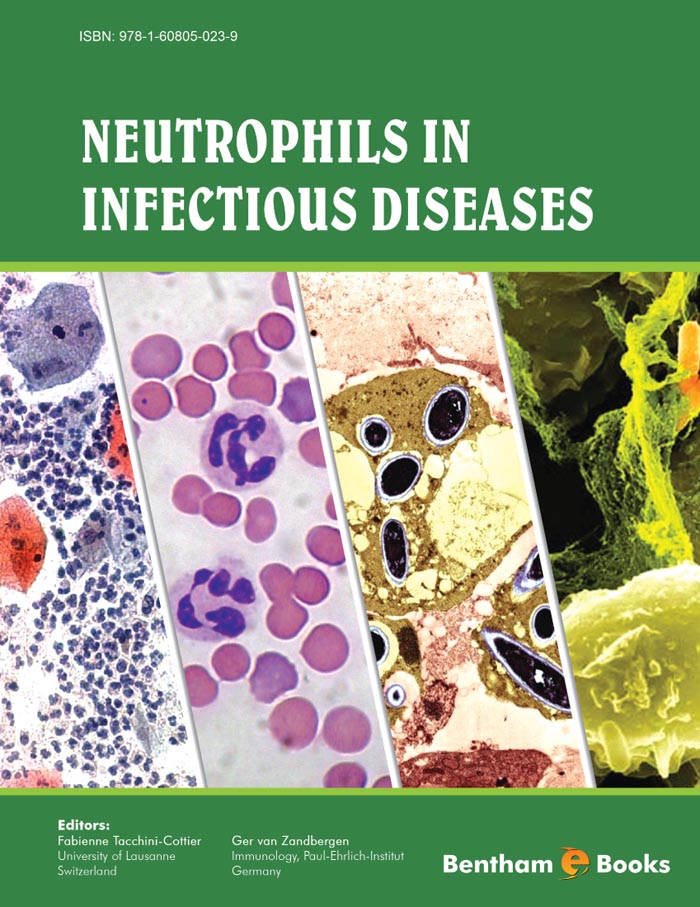Preface
Host defense to intracellular pathogens depends upon both innate and adaptive cell-mediated immune responses. Polymorphonuclear neutrophil leukocytes which belong to the innate immune system are the first cells that are recruited massively within hours of microbial infection. Neutrophils are the main players in the killing of microorganisms and recently new methods of killing including nets formation have been described. Neutrophils mediate tissue damage at infected sites. By promoting tissue injury neutrophils contribute to the initiation of inflammation, which is now recognized as an essential step in launching immunity. The importance of neutrophils as decision shaper in the development of an immune response is only emerging as they have long been considered by immunologists as short lived, non-dividing cells, of poor interest. Now, neutrophils are emerging as key components of the inflammatory response, and are shown to have immunoregulatory roles in microbial infections. In addition, neutrophils were also reported to contribute to the recruitment and activation of antigen presenting cells. Thus early interactions between neutrophils and surrounding cells may influence the development/resolution of both inflammatory lesion and pathogen-specific immune response. The impact of neutrophils on cells present at the site of infection are only beginning to be studied and deserves more attention.
In this e-book the reader will find updated information about the role of neutrophils in the pathogenesis of 1) bacterial diseases including sepsis, mycobacteria and Chlamydia infections, and of 2) parasitic diseases including leishmaniasis and toxoplasmosis. The role of neutrophils in the protection against microorganisms has largely been underestimated and, until recently, their role was mostly thought to limited to a “kill and die” response. We will emphasize standard and advanced light microscopy techniques that allowed major advances in the understanding of neutrophil biology, through the visualization of the interaction of selected pathogens with neutrophils in living animals (Chapter 1). New neutrophil mode of killing, such as their release of extracellular traps to kill extracellular bacterial pathogens, together with several microbial strategies designed to escape NETs are presented in Chapter 2. Recent data in the field will illustrate the new role of neutrophils as orchestrators of a protective innate and adaptive immune response in bacterial (Chapters 3-5) and in parasitic infections as well (Chapter 6-7). Finally, neutrophil role as host cells and Trojan horses for parasite entry into the host will be the topic of Chapters 8.
The aim of this e-book is to provide an overview of the recent advances made in the field of neutrophil biology. It will provide a basis for understanding future development that will occur in this area, and provide the reader with a short overview of some of the exciting new directions in which neutrophil research is moving.
Fabienne Tacchini-Cottier
Ger van Zandbergen

